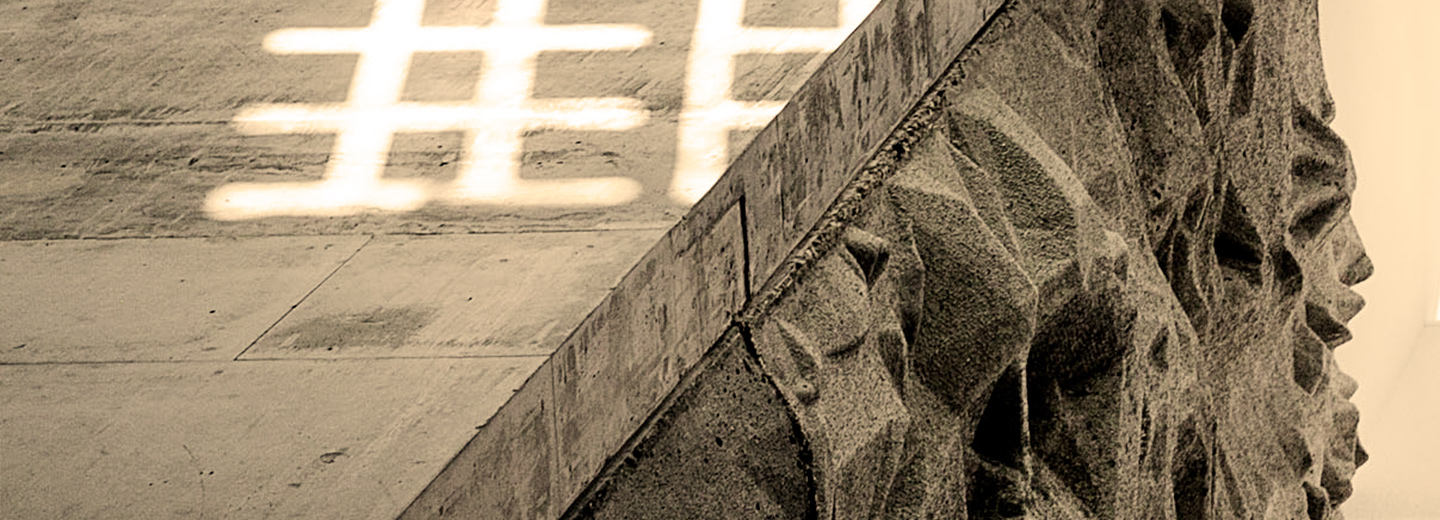
New ERC Advanced Grant: University of Southern Denmark sets out to explore deep ocean trenches
A research team led by Professor Ronnie N. Glud from SDU has received a ERC Advanced Grant of 3.185.000 Euro to carry out a series of ambitious explorations of the deepest parts of the oceans. Previous expeditions led by Professor Glud have revealed surprisingly high levels of biological activity at nearly 11 kilometers deep, and now the aim is to investigate how life can exist at these depths and how it's activity affects the biogeochemical functioning of the oceans and the Earth.
It caused significant attention in the scientific community when Professor Ronnie N. Glud and colleagues from the Max Planck Institute in Bremen, Agency for Marine-Earth Science and Technology in Japan, Scottish Association for Marine Science and the Marine Biological Laboratory at the University of Copenhagen in 2013 reported the findings of surprisingly active bacteria communities at the bottom of the Mariana Trench, almost 11 kilometers deep.
"We showed that the Mariana Trench serves as a hot spot concentrating large amounts of material. We found both a higher turnover and a greater deposition of organic material in the extreme deep than we have found in abyssal settings of 6000m water depth. So even though the trenches represent only about two pct. of the world's oceans, they have a relatively larger impact on the marine carbon balance - and thus the global carbon cycle", says Professor Glud.
Unexplored trenches need to be investigated
However, it is necessary to investigate more of the unexplored trenches and their specialized bacterial communities to understand how they function and what role they play in the global carbon cycle.
"We want to investigate how the specialized bacteria in the trenches function and operate at the extreme pressure – and most of all how they perform in natural settings", says Professor Glud.
In order to exist under the extreme pressure an organism must have a different physiology – for example its membranes and enzymes will have to function differently than how they function in organisms at shallower depths.
"We may also find very different organisms among the trenches. Conditions in the individual trenches are different, and the thriving and dominant organisms in the respective trenches may differ", says Professor Glud.
He also points to earlier research indicating that virus plays an important role in regulating the function of deep sea bacterial communities:
"Virus regulate the composition of the bacterial communities and their function."
Extreme pressure differences kills organisms
It is extremely difficult to investigate what actually happens in the extreme deep. Collected samples will inevitably be affected by the large pressure difference that can kill bacteria and other organisms during recovery. In onboard laboratories researchers generally only study bacteria that can withstand the recovery - and they are not necessarily the ones that are most important in the deep.
"It is therefore important to examine the bacteria and their activity in their environment - so rather than collect and recover the organisms, we dive down and investigate them”, explains Professor Glud.
Custom-build under-water robots
During the five-year project three trenches will be visited with underwater robots. They will be custom-build, and the various components are to be produced around the world before finally being assembled at University of Southern Denmark.
"We will construct three instruments that can measure the microbial activity on extreme depths, collect samples and fix samples while they are at the bottom of the trenches."
One instrument will be designed to measure the bacterial oxygen uptake (which expresses how much organic material is turned over), and another instrument will be designed to investigate the processes used by the bacteria to degrade the organic material (if they use for instance oxygen, nitrate or sulfate for respiration). Also this instrument will be used to examine and compare the efficiency with which specific organic substrates are mineralized at these extreme depths.
How to collect bacteria from the deep
The third instrument will be designed to collect sediment samples to be brought to the surface. This instrument will also inject a compound into the seabed, which fixes the bacteria so they can be retrieved without being destroyed. Sediment samples will also be used to investigate transport mechanisms facilitating material transport in the trenches.
The three trenches to be visited by the researchers are the Atacama Trench off Chile in the Pacific (max depth 8068 m), Japan Trench south and east of Japan in the Pacific (max depth 10,554 meters) and Kermadec Trench in the Pacific (max depth 10,047 m).
Ocean trenches
- The deep ocean trenches are also called hadal zones (named after the ancient Greek god of the underworld Hades).
- They are min. 6 km deep.
- There are more than 25 trenches.
- The deepest place on Earth is the Challenger Deep, approx. 11,000 meters deep and located in the Mariana Trench.
The three trenches have been chosen because they receive very different amounts of organic matter due to different nutrient conditions in the overlying waters.
The researchers will not only collect samples for themselves, but also for other research groups. Such samples will include larger organisms, such as crustaceans and so-called meiofauna.
ERC Advanced Grants allow exceptional established research leaders of any nationality and any age to pursue ground-breaking, high-risk projects that open new directions in their respective research fields or other domains. The ERC Advanced Grant funding targets researchers who have already established themselves as independent research leaders in their own right.
Photo A prototype of an autonomous robot (a so-called Lander) is being recovered after a test dive at 600 m water depth. The robot is able to measure the metabolic activity of bacteria in sediments down to the deepest places on Earth. An upgraded and more advanced version of the instrument will be developed and applied during the project (Photo Rysgaard & Glud).
Contact Professor Ronnie N. Glud, rnglud@biology.sdu.dk phone +45 6550 2784.